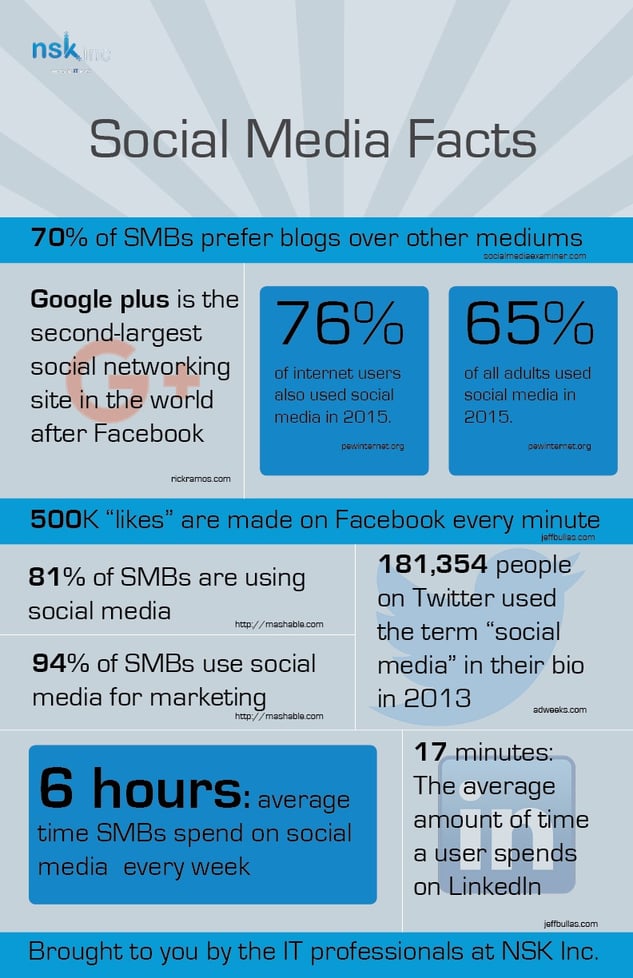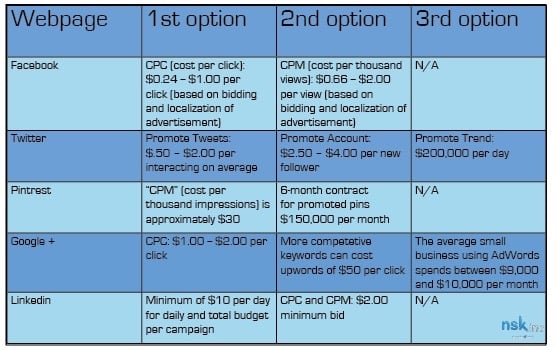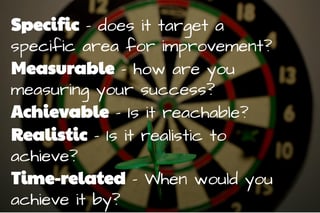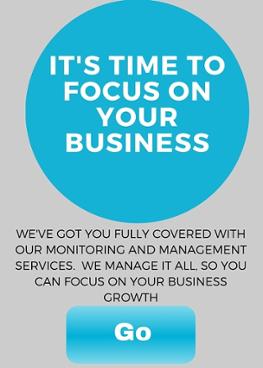In this ever-expanding world of computers, internet connection has become an integral part of any business, big or small. Social media has allowed businesses, in many ways, to connect with more people around the world than traditional marketing techniques had ever made possible. However, knowing how to use social media effectively is something that requires time, patience, and ultimately a budget to maintain on a professional level. Some tools are better than others, some language is better suited for specific industries, and certain content is better for specific websites. When you add all of the different program options on top of discovering your actual audience out of the billions of people surfing the internet, social media can become quite the task. Thankfully, NSK is here to help.

What is Your Plan?
The first thing you want to figure out, before you even think about signing up for a business Facebook profile, Twitter account, etc. is your plan. Why do you want to use social media? While social media can truly be used to send any assortment of messages to your customers, there tends to be three different methods of social media marketing. These three main branches of the online marketing tree really come down to three easy questions you can ask yourself. Do you want to sell to your potential clients directly? Keep them informed with articles and posts related to your field while also mentioning your own services? Or use it strictly for customer service? Without an idea of how you want to market and why, there’s no real way to move forward.
Thinking about how you plan on using social media, what your message is, and who your audience is, should always be step one. Your audience is definitely what should be taken under the most consideration before your social media campaign begins. You audience will affect the kind of language you use, what mediums you use, and even what social media sites you sign up for. If your target audience is millennial aged viewers (12-34 years old based on the definition of the generation) your way of language and ability to talk about technology freely may differ in comparison to an audience of those born in the Greatest Generation (those people that fought and died in WWII). Considering these two groups again, millennials are notorious for having shorter attention spans and wanting immediate information. For this group, infographics, quick Twitter posts with links, Facebook posts with pictures, etc. would be the best format to use. Compare that to the older generations who grew up reading far more and are accustomed to long-form pieces of writing, it is very possible that that audience might prefer blog posts and articles over an interactive slideshow.
Once you have your plan of action, your audience in mind, and what forms of social media you want to use, the next step is to figure out how much you want to invest in your social media profile.
Budgeting Your Time and Money
As much as social media has made marketing on a larger scale far easier and overall cheaper in comparison to the print options of the past, advertising still isn’t free. Each website offers different forms of payment for their services and it is up to you to decide what your advertisements are worth.

You should also consider how much time you want to either personally spend on updating your social media pages. If you are too busy to update them yourself, you might have to take into account the idea of paying someone else to manage your pages for you. According to alexisgrant.com, “social media consultants charge rates across the board using a variety of fee structures – from $15/hour to thousands per project.” If you don’t have the money or the time throughout the week to constantly update your pages then you might want to consider getting a program to help manage it for you. Programs such as Hubspot are designed for you to fully manage all your social media accounts through one convenient portal. Not only that but you can keep track of what posts are generating attention, schedule posts for the entire day, week, or months and even keep all your contact information safely in one place. Hubspot comes in three basic packages: Basic for $200 per month, Pro for $800 per month, and Enterprise for $2,400 per month. While it does seem pricey, it is easily the most convenient tool on the market today to keep you organized and on top of all your profiles at once.
Setting Goals and Organizing Campaigns
Knowing how the social media and online advertising world works is key to how you set up your pages and schedule your posts. Remember that, in a way, your social media activity has almost nothing to do with you personally unless you directly selling products. When it comes to your social media, you want to give your audience pertinent information relating to your field, you want to be informative and show that you have a personal interest in their knowledge as a customer, without shoving your own services down their throat consistently. That being said, it is perfectly okay to link back to your company’s website or recommend a potential customer gets in touch with you directly through social media, you just don’t want your accounts to be boring by simply spamming your brand.
Known as the founder of modern business, Peter Drucker, is often credited with the invention of the S.M.A.R.T. goal system. This is one of the most commonly used systems of creating goals and keeping yourself on track. Projectsmart.co.uk describes what the acronym stands for in very easy terms:
Specific, significant, stretching
- Well defined
- Clear to anyone that has a basic knowledge of the project
- Know if the goal is obtainable and how far away completion is

- Find out when you have achieved your goal
Agreed upon, attainable, achievable, action-oriented
- Agreement with all stakeholders what the goals should be
Realistic, relevant, reasonable, rewarding, results-oriented (photo credit: Aaron Davis)
- Within the availability of resources, knowledge, and time
Time-based, time-bound, tangible, trackable
- Enough time to achieve the goal
- Not too much time, which can affect project performance
With this acronym in mind, coming up with goals for your company should not only be simply, but also very organized. Thinking of social media for example, gaining 100 “likes” in two weeks would be a goal that goes perfectly with this system. You have a clear goal that is very attainable with proper advertising and promotion within a time frame that doesn’t prevent you from completing more complicated, long-term goals.
Campaigns are a good way to help manage your goals as well. Following the same S.M.A.R.T. method, you can organize your goals into categories. For example, a good campaign for the social media accounts of a restaurant would be “new recipes.” During the time of that campaign, the company could post different recipes from their own menu as well as easy ones to make at home, under 10 ingredient how-to’s, etc.
Building Connections
Once you have all of these factors dealt with, it is just as important to be patient and listen to what your followers tell you. If one of your posts gets no clicks and another post, in a different style, gets 100 clicks or more, it is important to acknowledge the trend and use that to your advantage. If one of your clients or followers posts something about you, make sure to read and respond. By creating personal connections through something as simple as a “thank you,” you are more likely to gain more followers due to friendly recommendations.
This doesn’t mean however that you should post as much as possible. The rule of quality over quantity still applies in this situation. It is better to have fewer followers that all interact and share the information they get from you to their own audiences at home than to have thousands of followers who scroll past your material.

(Photo Credit: Anderson, Brian)
Client/follower interaction online is also a great way to get your own personal brand voice into the public eye. Unlike the memos, emails, and new letters that tend to be more formal documents within the work environment, social media is a space to truly create your own brand identity through the language you use to communicate with your clients. Depending on the type of company you have, casual conversations and less formal interactions can be a great way to show the “human” side of your brand.
With these four major steps laid out, it is clear that a lot more goes into social media, before your first post even finishes being uploaded, than major companies make it appear. Just keep these steps in mind and social media can easily become your new favorite marketing tool.

